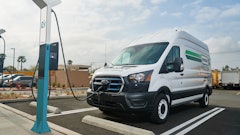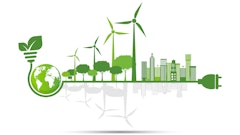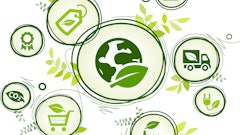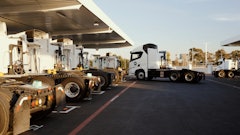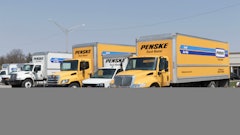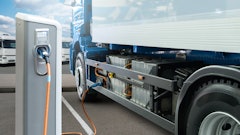Wilmington, DE—Jan. 11, 2012—DuPont has achieved zero landfill status in its Building Innovations business by reducing, reusing and recycling manufacturing byproducts and waste at manufacturing sites globally.
After three years of focused effort, DuPont Building Innovations has become completely landfill free, reducing its environmental footprint from 81 million pounds of landfill waste annually to zero. Now, through the “Drive to Zero” landfill program, none of the waste generated by the business from the manufacture of DuPont Corian solid surfaces, DuPont Zodiaq quartz surfaces, DuPont Tyvek weatherization systems products and geosynthetic textiles is sent to landfills.
“The Drive to Zero landfill program is good for our business, good for the environment and highly valued by our customers,” said Timothy P. McCann, president of DuPont Building Innovations. “Working with our supply chain partners to tackle the zero landfill goal was critical to the success of our business in reducing its environmental footprint. Collaborating with our business partners allowed us to succeed in reaching our ambitious project goal of zero landfill.”
The Drive to Zero project was comprehensive in other ways, too. Manufacturing byproducts, unusable raw materials, product scrap, construction debris and even cafeteria waste were all within scope at the project’s 15 global manufacturing and partner sites.
Today, material that previously may have been destined for a landfill is being reused or recycled, including:
- Sanding waste from the manufacture of Corian and Zodiaq is used as a filler replacement in concrete;
- Ground-up scrap Corian sheet is used as recycled content in first grade products, such as the company’s Terra Collection of Corian solid surfaces that now contain up to 20 percent recycled content;
- Crushed scrap Corian is sold for use as road sub-base material and as landscape stone;
- Tyvek wrap and flashing manufacturing trim is recycled into first-grade material;
- Shipping pallets are repaired, reused, or ground into animal bedding;
- Carrier belt film is melted and used to make adhesives, and
- Cafeteria waste is recycled into worm bedding or converted into energy.
Six Sigma methodology was used throughout the three years of the project, which was critical in helping the team map out all the waste streams involved. Using this approach allowed the team to understand where and why waste streams were generated and how much waste was being produced by each.
The Drive to Zero landfill project was particularly unique in that it included third-party partner sites, where products are often made for other companies. This meant that the project team had to manage the challenge of eliminating all unrelated product manufacturing landfill waste.
DuPont Building Innovations brings dynamic science to the discovery and development of innovative products and services for residential and commercial construction. Building Innovations helps residential and commercial builders, architects, general contractors, engineers and their teams determine the best, highest-performing solutions that meet the unique needs of their projects.
DuPont, which publicly established environmental goals more than 20 years ago, has broadened its sustainability commitments beyond internal footprint reduction to include market-driven targets for both revenue and research and development investment. The goals are tied directly to business growth, specifically to the development of safer and environmentally improved new products for key global markets.
For more information, visit www.dupont.com.



